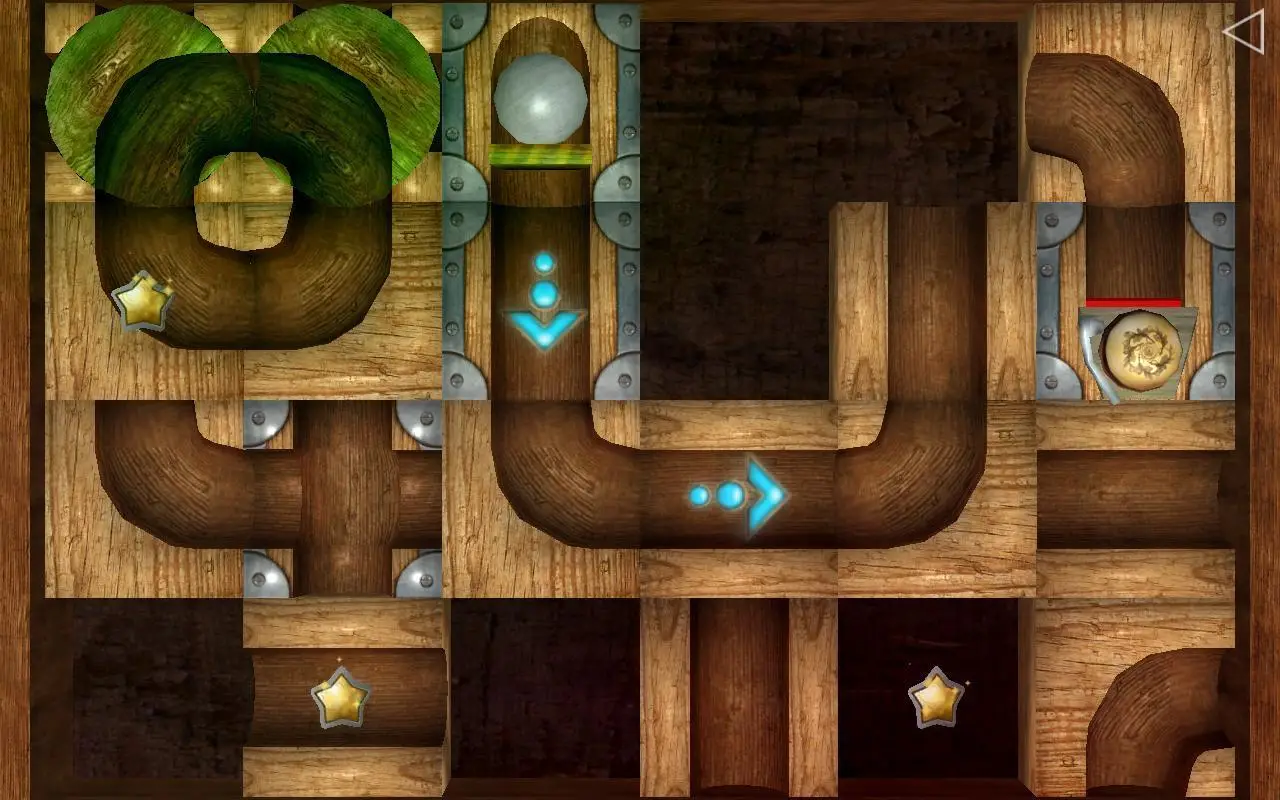The computer market of 2025 offers powerful gaming solutions, where high frequencies, productive video cards, and fast memory determine the success of the build. It is important to understand how to assemble a gaming computer considering modern requirements and trends to achieve a stable system with maximum performance. Let’s delve into this topic in more detail in the article.
What is more beneficial: building a gaming PC yourself or buying a ready-made one?
In 2025, ready-made gaming computers are losing their relevance. Factory builds include unnecessary elements, and the cost significantly exceeds a similar manually assembled configuration. Building a PC yourself allows you to optimize the budget, control each component, and consider your own preferences in performance and design.

Building a gaming computer yourself in 2025 is at least 15-20% more cost-effective compared to branded ready-made solutions. This approach provides flexibility in upgrades, improves ventilation, and allows you to consider the noise level and temperature regime of each component.
How to build a gaming computer: what components are needed for assembly
Building a gaming computer without a clear understanding of the components is an impossible task. In 2025, the following elements ensure an optimal configuration for gaming:
- Intel Core i7-14700K or AMD Ryzen 7 7800X3D processor – high clock speed and excellent gaming performance.
- NVIDIA RTX 5080 or AMD Radeon RX 8900 XT graphics accelerator – supports ray tracing technology and high frame rates in modern games.
- DDR5 RAM with a capacity of at least 32 GB and a frequency of no less than 6000 MHz – ensures fast response and smooth operation of gaming applications.
- Motherboard based on Intel Z790 or AMD X870 chipset – supports PCIe 5.0 standard and high-speed next-gen SSDs.
- Power supply unit with a capacity of at least 850 W and 80+ Gold certification – guarantees reliable power delivery even under peak loads.
- PCIe 5.0 solid-state drive with a capacity of at least 1 TB – minimal delays, high loading speed.
- Hard drive for storage – capacity of at least 2 TB for game libraries.
- Cooling system – liquid or highly efficient air cooling with a noise level of up to 30 dB.
- Case with quality ventilation and a minimum of four fans.
Each component directly affects performance and determines how to build a computer for gaming with maximum efficiency.
How to build a gaming computer yourself: step-by-step guide
By assembling a computer yourself, you save money and can choose components that perfectly balance power and stability. Following this detailed plan, you can easily create a powerful gaming platform.
Preparing the tools
Quality assembly requires a set of tools: a cross-head screwdriver with a magnetic tip, an antistatic wrist strap, thermal paste, and a set of cables for power and peripheral connections. It is important to check the availability of all connectors, ports, and slots on the selected components.
Installing the power supply unit
The power supply unit is installed in the lower compartment of the case and secured with four screws. After installation, the main cables are connected. It is important to ensure that the fan is oriented towards the exhaust to efficiently remove hot air from the case.
Installing the motherboard
The motherboard is carefully installed on the prepared standoffs inside the case and secured with screws. The processor is mounted in the socket with precise alignment. Then a layer of thermal paste is applied, and the cooling system is installed on the processor. Memory modules are inserted into the corresponding slots until a characteristic click confirms secure fixation.
Installing the processor and cooling system
AMD Ryzen 7 7800X3D or Intel Core i7-14700K processors are carefully placed in the socket and secured. The processor’s surface is covered with an even layer of thermal paste, then the cooler is installed with firm pressure. It is important to orient the cooler correctly to ensure efficient airflow for heat dissipation, providing reliable system cooling.
Installing RAM
DDR5 modules are installed in alternating slots to activate dual-channel mode for increased speed. For a modern gaming setup, a minimum of 32 GB of RAM is recommended – this is the optimal capacity for today’s requirements.
Installing the graphics card
The RTX 5080 or RX 8900 XT graphics accelerator is installed in the PCIe 5.0 slot on the motherboard, secured in the case with two screws, and connected to the power supply via a separate cable. After installation, it is essential to ensure the secure attachment and correctness of all connections.
Connecting storage devices
The PCIe 5.0 solid-state drive is mounted in the corresponding M.2 slot and secured with a screw. The hard drive is connected to the motherboard using a SATA cable.
Connecting cables
Power cables for the processor, graphics card, storage devices, and system fans are connected strictly according to the schematics. It is important to check each connector and port for a secure connection.
Testing and first boot
After assembly, all connections are checked, the case is closed, and the power is connected. The system is powered on, entering the BIOS for initial setup.
Driver installation and testing
Driver installation starts with the chipset, followed by the graphics card and audio drivers. After installation, testing is performed: checking the processor temperature, noise level, gaming performance, and system stability.
Optimization and upgrades
After testing, BIOS settings are optimized, drivers are updated, and temperature monitoring is conducted. Building a gaming computer in 2025 allows for upgrades: adding a more powerful graphics card, expanding RAM, and updating the disk subsystem.
Building a gaming computer most economically
Building a budget gaming PC requires a careful approach. Reducing the budget is possible by following a series of recommendations:

- Monitoring discounts in trusted stores.
- Choosing components with an optimal price-performance ratio.
- Purchasing components during sales periods, for example, in November.
- Comparing prices on local and international platforms.
- Analyzing reviews of specific models to avoid expenses on unreliable components.
- Considering the possibility of future upgrades without completely replacing the platform.
Proper selection of components following these recommendations will allow you to build a quality gaming computer without unnecessary overpayments. This approach ensures a balance between price, performance, and future upgradeability.
Conclusion
Building a gaming computer in 2025 is a relevant question for gamers aiming for high performance and system stability. A manually assembled configuration provides an optimal combination of power, quiet operation, and effective cooling. The right choice of components, meticulous assembly, driver installation, and testing guarantee a long and stable gaming experience.
 en
en  ru
ru  de
de  ar
ar  es
es  hi
hi  fr
fr  nl
nl  it
it  pt
pt  el
el 










